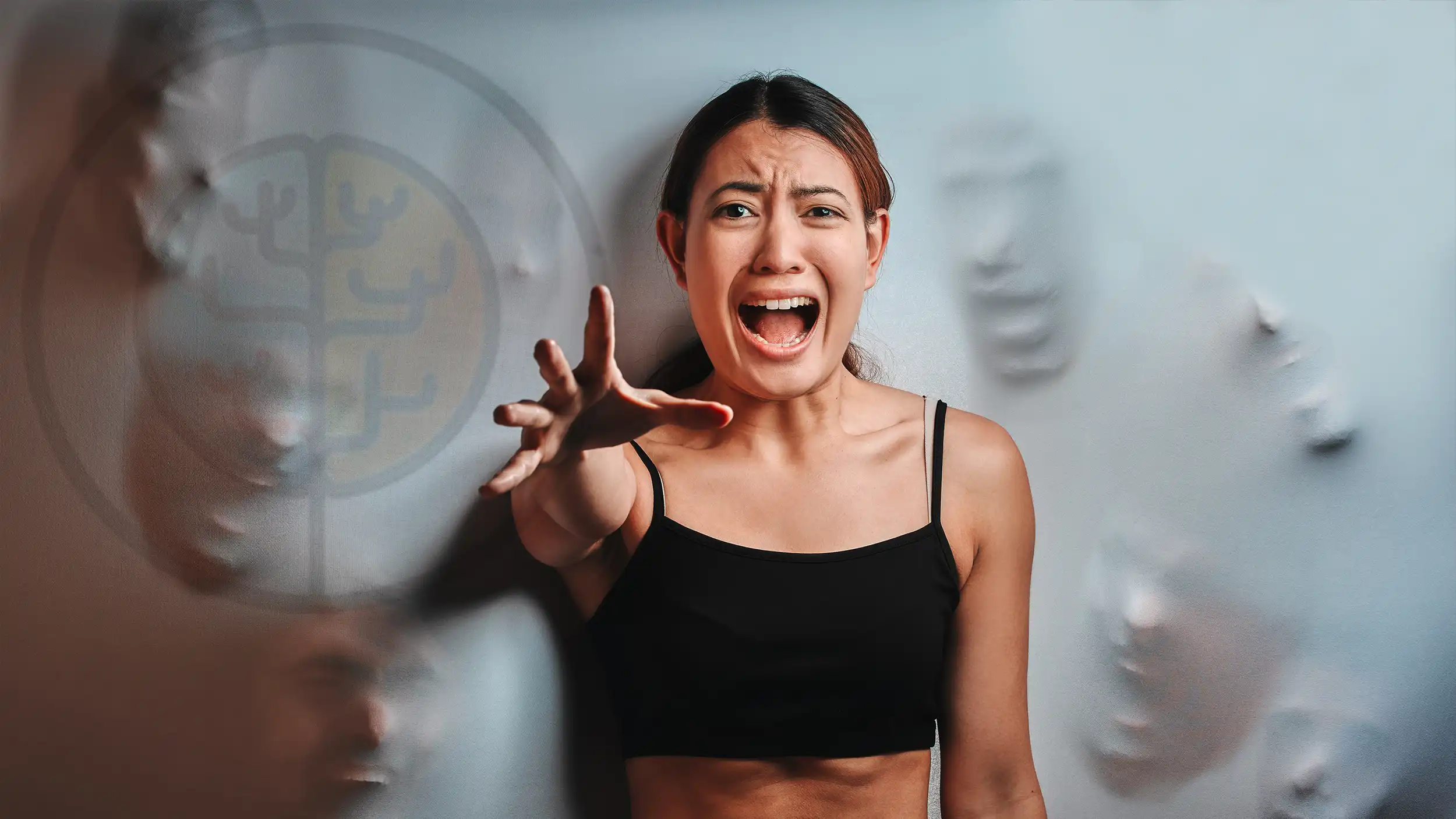
Specific phobias
A phobia is an intense and disabling fear of something that actually involves little or no danger.
What is a specific phobia?
A phobia is an intense fear of something that actually involves little or no danger. The most common involve enclosed places, heights, driving on highways, flying, insects, snakes, needles, darkness and blood.
Most of them occur in childhood, but they can also appear in adulthood.
Phobias develop in three different ways:
- Traumatic event (being bitten by a dog or being involved in a car accident)
- Sub-traumatic events (being frightened, more than once, by a dog)
- Model learning (being brought up with people who have specific intense phobias)
It is possible to divide the most common phobias into four categories:
- ANIMALS: fear of snakes, spiders, rodents and dogs.
- NATURAL EVENTS: height, thunderstorms, water and darkness.
- CIRCUMSTANCES and SITUATIONS: being in closed places (claustrophobia), using lifts and means of transport such as planes, cars, trams/buses and trains.
- BLOOD AND DOCTORS: fear of blood, wounds, medical examinations and dentists.
How can we help you?
Exposure-based cognitive behavioural therapy (CBT) is the treatment of choice for phobias. According to the National Institute of Mental Health, about 75% of people overcome the problem thanks to TCC.
Behaviourally, phobias are maintained by the avoidance of phobic stimuli. By doing so, the individual cannot verify that the feared catastrophic scenarios are not as realistic or terrible as imagined.
Exposure therapy, therefore, aims to encourage individuals to face feared situations (both in reality and in imagination) without avoiding them and learning to tolerate the anxiety they arouse.
The therapist accompanies the patient to deal with anxious circumstances, in a gradual way, starting with those that create less discomfort to those that are more difficult.
There are several variants of exposure therapy that are equally effective in treating specific phobias:
- exposure in vivo/in imaginationIt consists of facing the feared stimuli, either in reality or in imagination, usually in a gradual manner. When the therapist acts as a model in the exposure process, teaching the person strategies to use in real time, this is called 'participant modelling'. Although it is difficult for many people to agree to undertake this type of therapy, the results are excellent and are maintained over time.
- systematic desensitisationIt consists of confronting anxiogenic images and thoughts in imagination or in vivo, adopting relaxation techniques (or other strategies incompatible with fear), in order to alleviate the anxiety response. The application of this technique requires more time than in vivo exposure.
- exposure through virtual realityas the word itself indicates, consists of the use of computer programmes capable of recreating phobic scenarios, with which the person can interact. This alternative can be useful in approaching situations that are difficult to replicate in vivo (fear of flying or of heights). Further studies are needed to verify its effectiveness on different types of existing phobias.
- applied muscle tensionis a variant of exposure therapy used in the treatment of blood and injection phobia. The treatment involves the use of standard exposure techniques in combination with muscular tension exercises to cope with the lowering of blood pressure due to the vaso-vagal reaction, which can cause fainting.